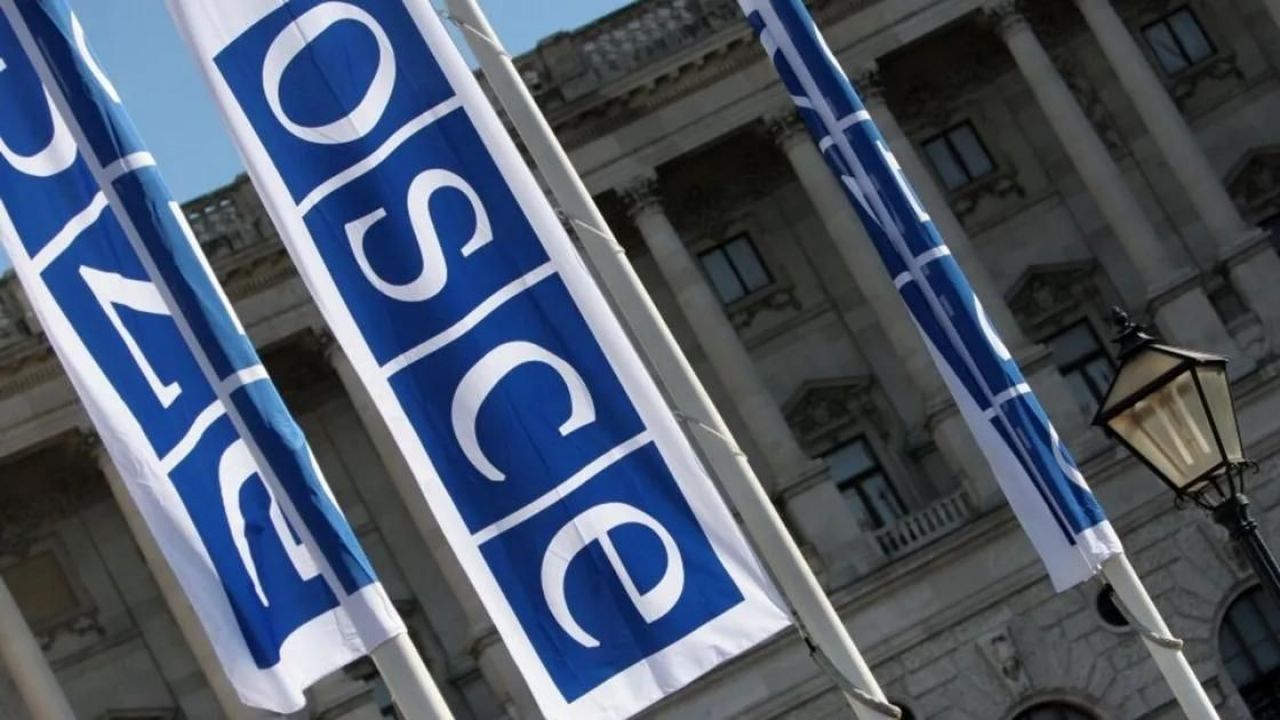
NGOCSTIP – OSCE Urges governments and civil society to respond boldly to the growing crisis of child trafficking. The statement was made during the 25th Alliance Against Trafficking in Persons Conference held in Vienna between March 31 and April 1. In this high-level event, officials revealed alarming data: cases of child trafficking have tripled in the past 15 years. The conference gathered representatives from across Europe, Asia, and beyond. The call for action was not merely symbolic. It demanded measurable progress in prevention, protection, and prosecution. The OSCE stressed the need for a whole-of-society response that includes not only states but also communities, tech platforms, and youth advocates.
Economic hardship, digital exploitation, and weak international coordination now drive the rise in child trafficking. Traffickers target vulnerable groups, especially displaced populations and children online. In many regions, traffickers recruit children through social media and gaming platforms. They use increasingly sophisticated grooming techniques. These perpetrators hide behind anonymous profiles and encrypted networks. Without stronger digital safeguards, traffickers will exploit even more children. Conflict zones and migration corridors pose high risks. Traffickers separate children from families or lure them with false promises of safety or education. They force children into labor or sexual exploitation. Once inside trafficking networks, children struggle to break free from the cycle.
The OSCE urged national governments to launch early intervention programs and strengthen protective systems for children. Communities should run awareness campaigns in schools, social centers, and online spaces to inform and protect children. Parents and educators require tools and training to spot manipulation tactics and online grooming signs. Conference speakers presented several case studies that highlighted successful prevention strategies. One education program in rural Balkans reduced child trafficking risk by nearly 40 percent through local outreach. A Northern European project used AI tools to identify digital patterns and stop abuse before traffickers acted. Prevention methods must balance traditional community models with modern technology for broader and lasting impact. Faith networks, youth clubs, and mobile clinics have delivered positive results in different regional contexts. Tech companies collaborated with watchdogs to monitor content and report illegal activity more effectively.
“Read about: From Best Practices to Action: Rome Summit Advances Trafficking Prosecution”
Rescuers must provide more than immediate safety once they identify a trafficked child. Survivors need trauma care, education, and support to reunite with family. Many shelters lack funding and expose children to unsafe conditions again. The OSCE urged countries to invest more in child welfare services, especially in rural and conflict zones. Trainers must equip social workers to manage trafficking trauma with dignity and care. Survivors spoke during the event to highlight serious service gaps. In many countries, justice systems ignore the needs of child victims. Courts impose long and stressful procedures that discourage young survivors. Authorities sometimes treat children like criminals instead of recognizing them as victims. This treatment deepens the trauma and fuels feelings of fear and isolation.
Traffickers operate through international networks and money laundering systems. Prosecuting them requires cross-border cooperation and shared databases. The OSCE recommended forming regional prosecutor alliances that share evidence and pursue cases together. Court systems must treat children with care. Many survivors refuse to testify because the process is re-traumatizing. Special child-friendly procedures were showcased from countries that allow video testimony and psychological support in courtrooms.
Technology must also play a larger role. Facial recognition tools and blockchain-based identity records were introduced during the conference as possible ways to track and secure children. These tools can improve prosecution outcomes and reduce wrongful detentions. While several prosecutions were highlighted during the event, success stories remain the exception. Only a small fraction of trafficking cases lead to convictions. Corruption and limited legal expertise often delay justice.
“Read more: Reaching the Unreached: Syria’s 2025 Child Immunization Drive”
OSCE made it clear that no single institution can end child trafficking alone. Governments must work with tech firms, faith leaders, teachers, healthcare workers, and survivors. A coordinated front is necessary. Youth voices must be included in all policymaking processes. Children and teens understand the digital spaces where grooming often begins. Their input can help shape better protections and smarter outreach. The private sector must also step forward. Businesses can monitor supply chains, promote child-safe hiring practices, and support shelters through corporate social responsibility. In turn, local communities must report suspicious activity and reject social silence around abuse. The momentum built at the Vienna conference should carry into legislative chambers, classrooms, and courts. Every actor has a role in building safer systems and ending the sale of innocence.